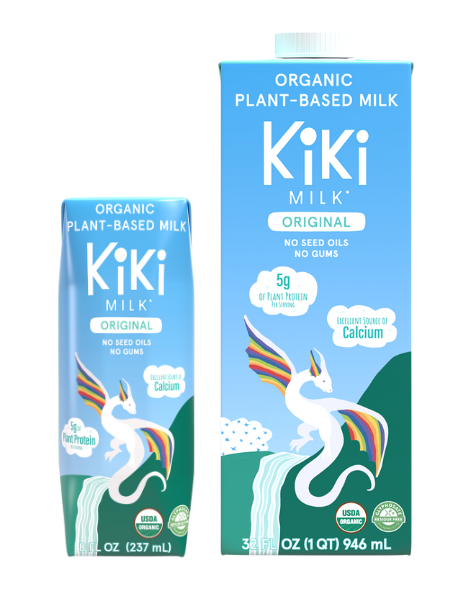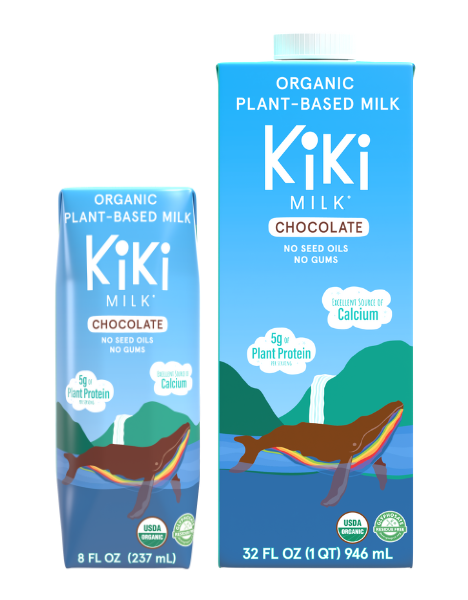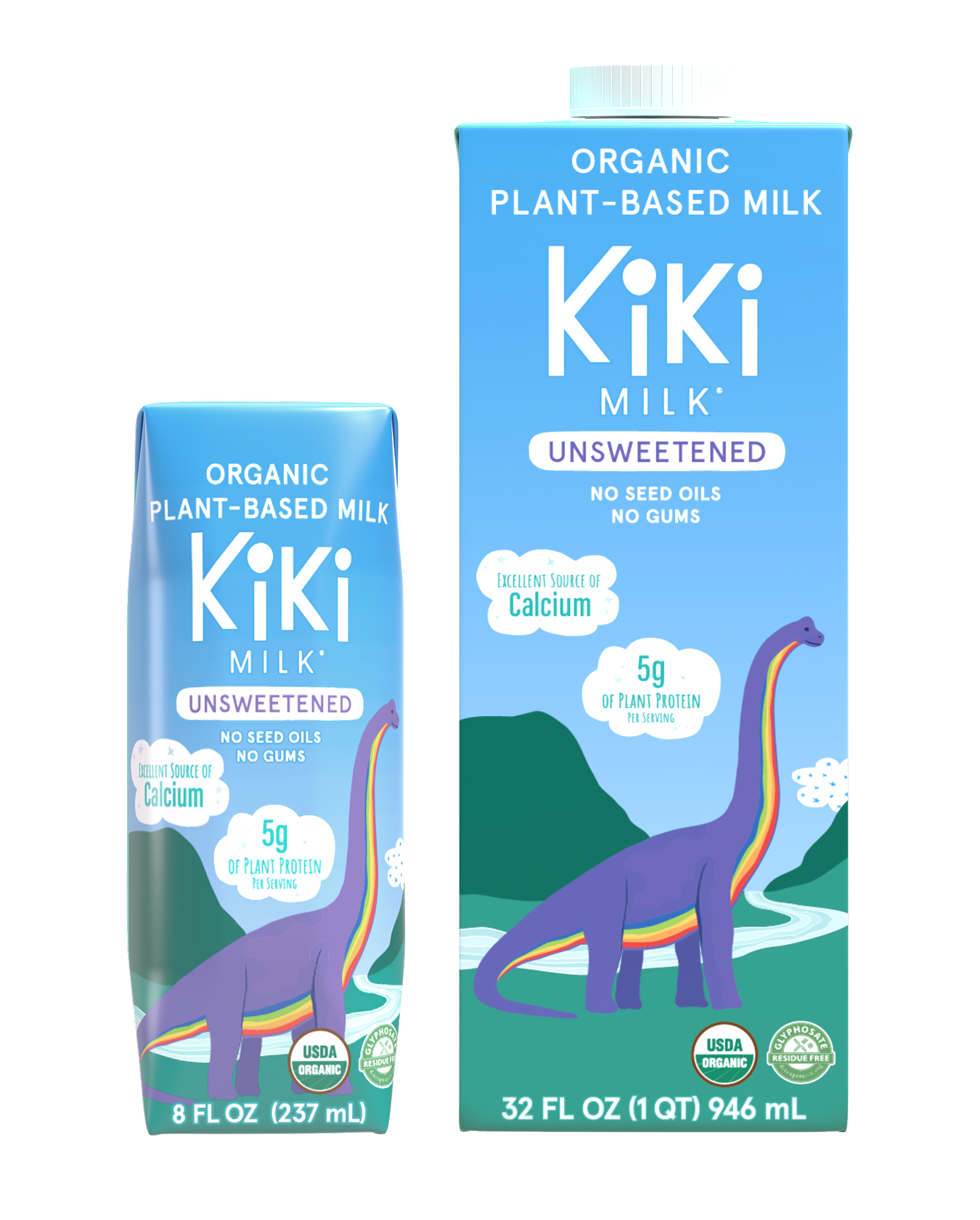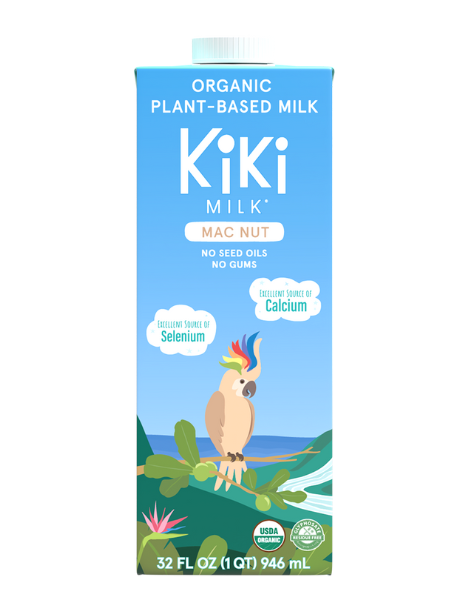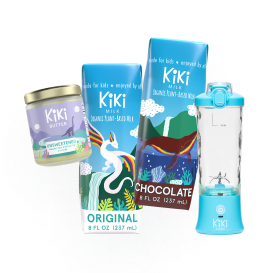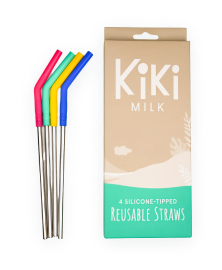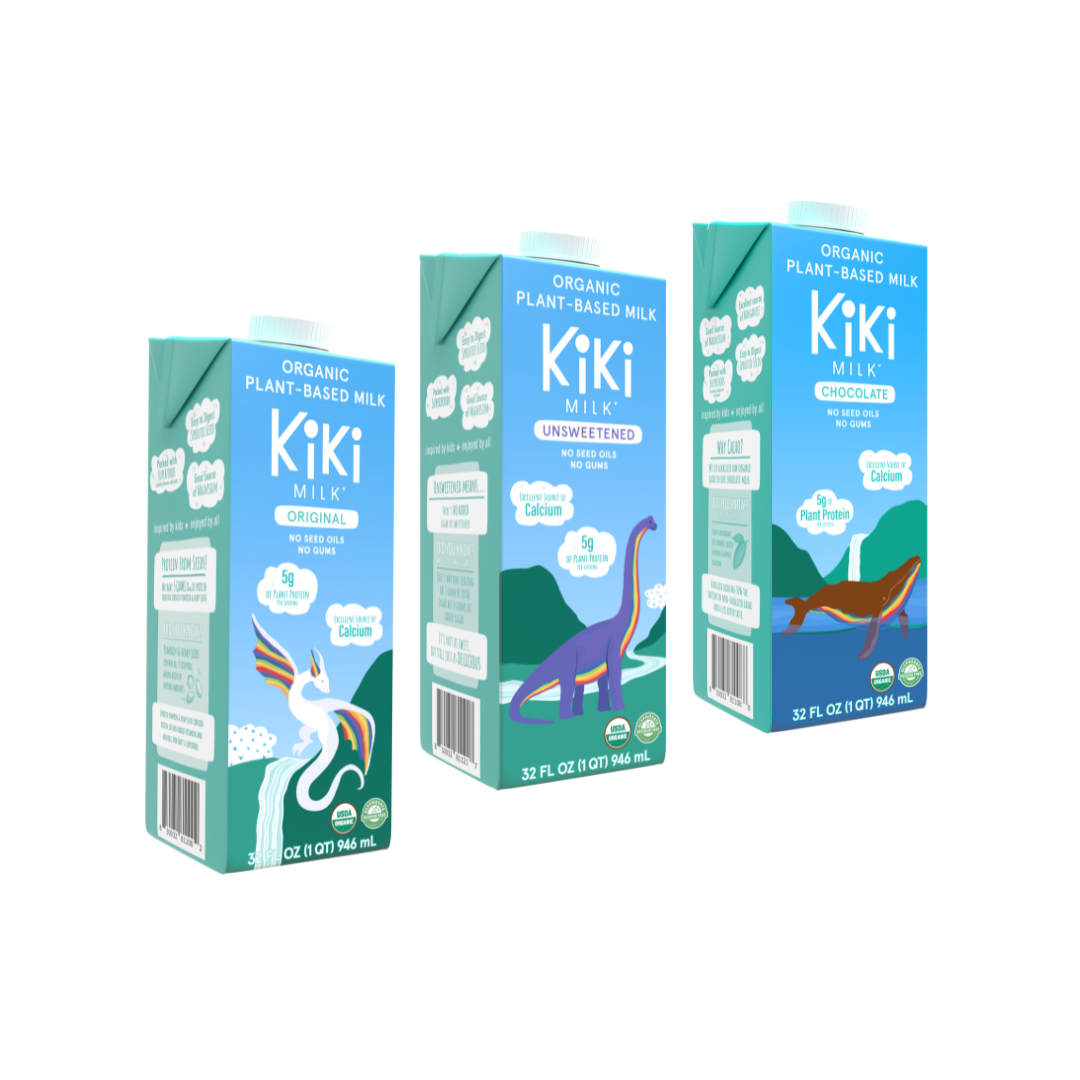What are GMOs?
GMOs, or genetically modified organisms, are plants, animals, or microorganisms that have had their DNA altered using genetic engineering techniques (think of it like science tweaking nature to make crops more resistant to pests or grow faster).This manipulation changes their genetic makeup in ways that don’t happen naturally.
In the food industry, GMO crops have had genes added to them for various reasons, such as improving their growth, enhanced flavor, sustainability, pest resistance, ability to withstand disease and harsh conditions, and ease of farming.
What is the difference between non-GMO and Organic?
Non-GMO means the product is free from genetically modified organisms, but might still use conventional farming practices, including synthetic pesticides and fertilizers.
Organic takes it a step further. Organic products are always non-GMO by default, but they’re also grown without synthetic pesticides, fertilizers, and other chemicals. It’s a commitment to natural farming methods.
So, a product can proudly wear a non-GMO label without being organic, but not the other way around.
Why do we avoid GMOs?
〰️ Heath Concerns
Natural vitamins typically are bound to co-factors like amino acids and trace minerals, which increase the bioavailability and absorption of nutrients and facilitate their transport across cell membranes. Synthetic vitamins are produced in isolation and lack co-factors, which reduces their absorbability and makes them less effective.
〰️ Link to Allergies
Many synthetic supplements are made with a long list of additives such as artificial preservatives and sweeteners, bulking agents, and food coloring to increase the shelf-life and enhance color and texture. They also have a significantly higher risk of contamination from heavy metals and pesticides.
〰️ Herbicide Exposure
The FDA does not review dietary supplements for safety and effectiveness before they are marketed. This means that claims and potency of nutrients may not be verified.
〰️ Environmental Impact
Synthetic products often contain much larger concentrations of nutrients than are naturally found in foods. While the body will naturally flush out water soluble vitamins (B vitamins and vitamin C), it stores fat soluble vitamins (Vitamin A, D, E & K) so there is risk of them accumulating to high and unsafe levels.
What are some examples of GMO foods?
Most foods in your local supermarket contain GMO ingredients because they’re easier and more cost-effective for farmers, which makes them cheaper for the consumer. Some common GMO crops include:

How can you avoid GMOs?
The best way to avoid GMOs is to purchase products that are labeled 100% organic or have the “Non-GMO Project Verified” badge.

As of 2022, the USDA requires that foods with GMO ingredients must be labeled “bioengineered food”, making GMOs fairly easy to spot on labels.

Disclaimer: The information provided in this email is intended for educational purposes only. It is not intended to be a substitute for professional medical advice, diagnosis, or treatment. Always seek the advice of your physician or other qualified health provider with any questions you may have regarding a medical condition.
